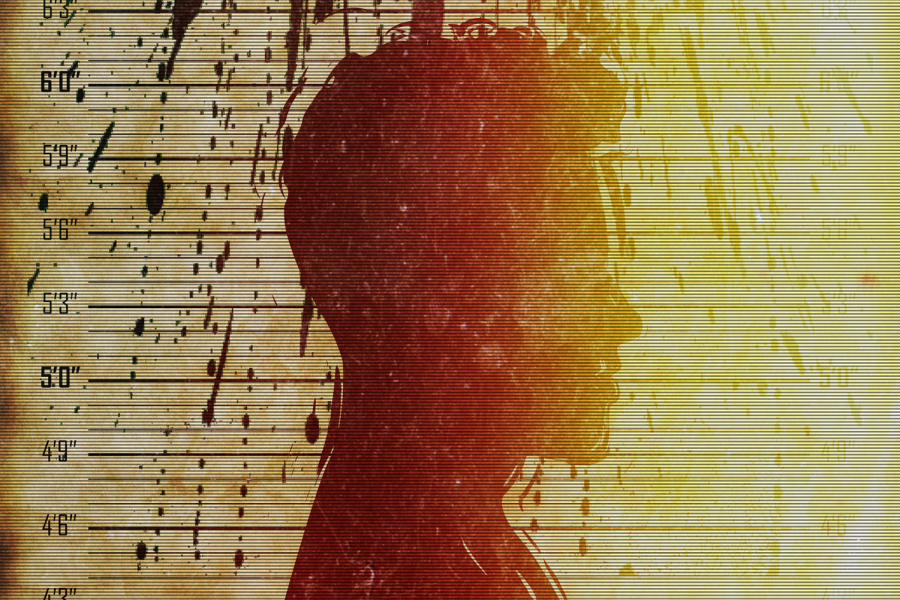A killer trend in media
Is true crime a trend as of late, or has it always been a prominent element of dramas in media?
Illustration by Louis Herlihy
March 4, 2019
From Netflix specials and movies, to podcasts, to Reddit and Buzzfeed, true crime has become a sweeping source of drama in the past couple of years.
A Tale of Trends
Sara Walsh, associate professor of criminology and criminal justice said the trend tends to ebb and flow. She said the trend also reflects and sways between two models of justice in our society.
One, crime control, is the idea of repressing crime by being tough on crime. The goal is to throw criminals in jail and keep them off the streets. Criminals are punished and police are in power of making decisions.
According to Walsh, this can be seen in the movie “Dirty Harry”. In this movie, actor Clint Eastwood plays a cop who tries to track down a psychopathic murderer. Harry then takes power into his own hands by deciding the punishment and fate of the criminal.
The other model is due process. This idea focuses on individuals’ rights, including the belief of fair punishments and treatment of people instead of jail time. The courts are given the power as opposed to the police.
For example, take Netflix’s original series, “Mindhunter” — two FBI agents focus on researching and understanding how serial killers think so they can stop future killers. Here, the goal is treatment and prevention.
Same Old, Same Old
Others see the trend in a different light. Claudia Scharrer, criminal justice senior, took Walsh’s “Crime in Film” class and said she doesn’t believe true crime in media is on the rise. She believes it’s always been a trending topic.
“I don’t think there has been a rise in crime stories in television or film either, whether it is fictional or real,” said Scharrer. “Just based off of my observations, crime television has been around for a while. ‘Chips’, ‘Hill Street Blues’, ‘Night Court’, ‘Law and Order’-all of these have been on since at least the Seventies and I think they still intrigue people because it is exciting.”
Rather, she said, excessive crime in media is what has increased.
“We can see that in the news quite a bit,” Scharrer said. “We see news stories about murder and kidnappings from other states in our own local news. The purpose of media is to report, so I think a lot of it comes down to the worst things going on in the world right now.”
Captivating Audiences
However, both agree that crime in media has an effect on audiences.
“I’m like everyone else when it comes to watching crime shows and TV, I enjoy the suspense and nature of it,” said Scharrer. “It is exciting to watch and media does well to portray it in an entertaining way. But I think it is also important to know what we see about crime and police in media isn’t always accurate.”
Walsh agrees that these models in media may reflect what is happening in society at the time.
“We absorb life through pop culture,” Walsh said. “People like scaring themselves and puzzles teach life lessons.”
Walsh said it provides a thrill while also giving audiences a place to learn. She said to think about when you’re watching a scary movie and one of the characters decides to go alone down to the basement or the attic. The viewer can instinctively know something bad is going to happen. According to Walsh, we learn lessons like this through crime in film and TV and then apply it to our lives.
True crime in media is a trend that continues to keep audiences’ attention. With movies and TV shows often coming out on serial killers—like Ted Bundy or documentaries like “The Staircase” which shows the investigations behind true crime cases—the trend persists.


